Immunohistochemistry Workflow
Since 1976, Vector Laboratories has been at the forefront of developing innovative laboratory detection reagents. The VECTASTAIN® ABC systems established us as the leader in immunohistochemistry (IHC) and immunocytochemistry (ICC), and we remain a trusted name in these fields. Our products are well regarded for their high sensitivity, low background, reliability, reproducibility, and value pricing. We offer many different detection systems to accommodate the wide range of experimental priorities.
Selecting the appropriate reagents for your IHC assay is an important part of optimizing your protocol. Vector Laboratories is your resource for premium labeling and detection products at each step of your IHC workflow.
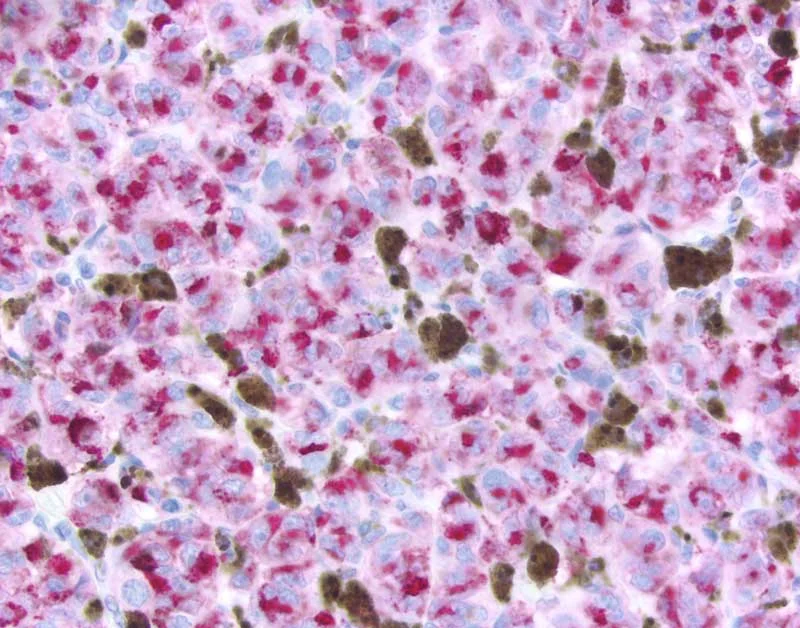
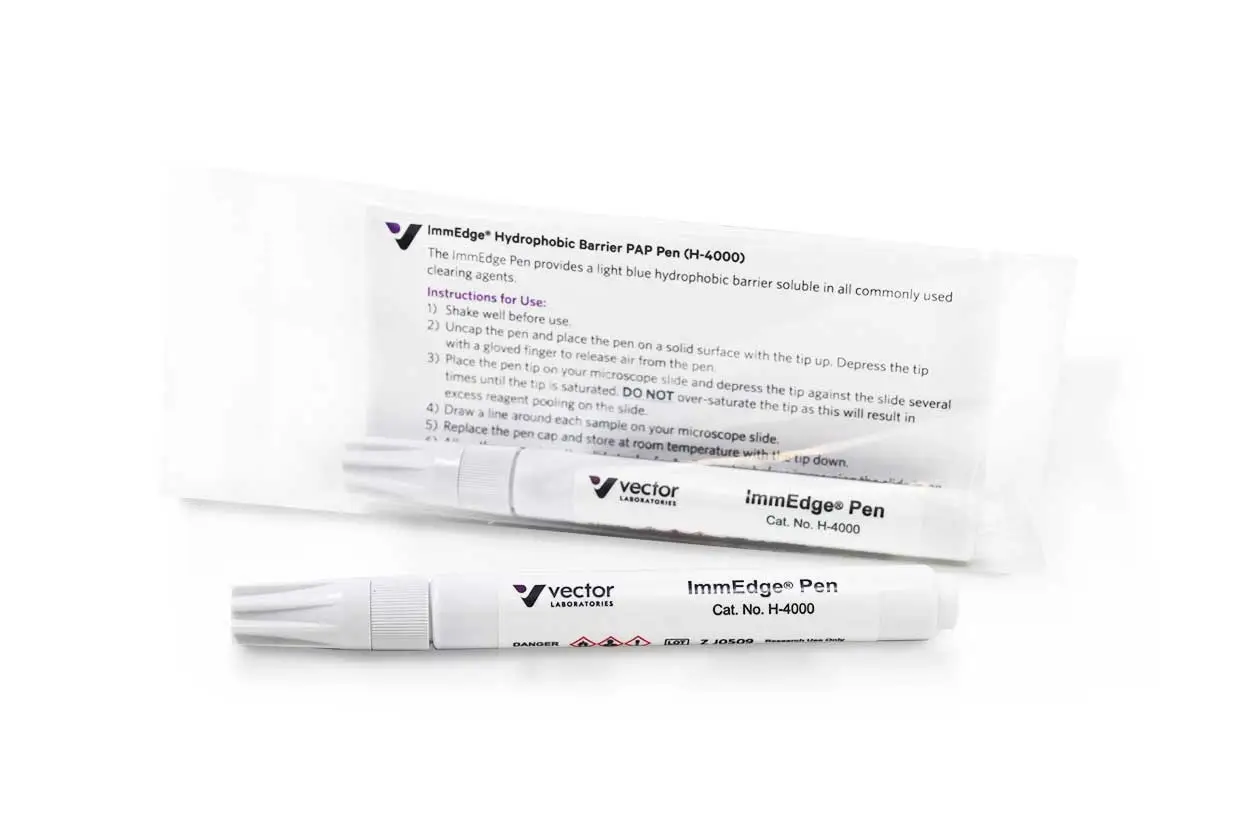
Slide Preparation
- Maximize tissue section retention and adherence on glass slides.
- Demarcate and isolate individual sections to reduce reagent use or for discrete treatment.
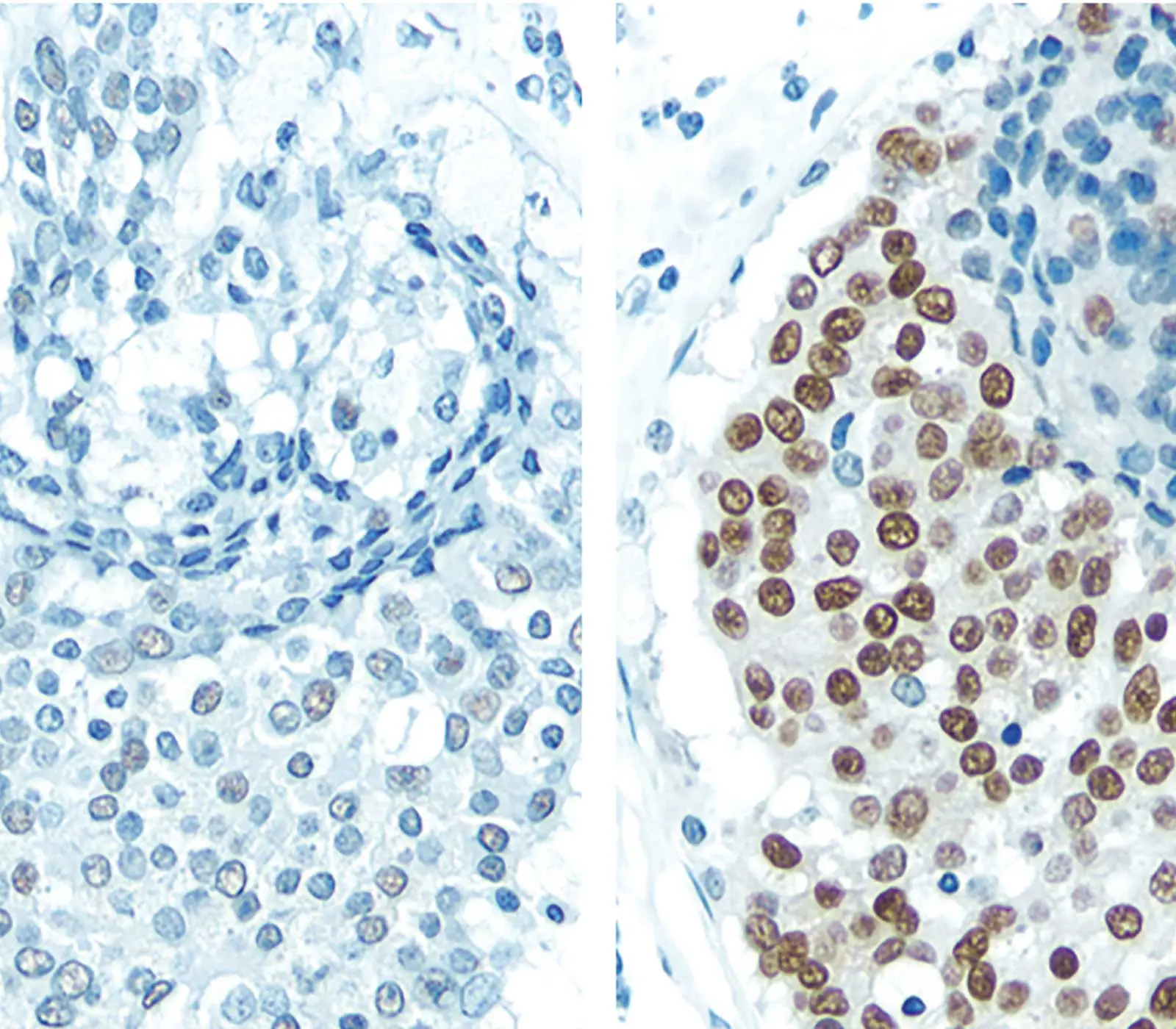
Antigen Retrieval
Increase tissue antigenicity (“immunoreactivity”) in aldehyde-fixed preparations with defined pH and salt solutions. The combination of aldehyde fixation (e.g., formalin) and heat exposure from the paraffin-embedding process can make epitopes inaccessible to detection. During antigen retrieval, tissues are treated with a combination of buffered solutions and high temperature, which causes conformational changes in the proteins that expose antigens for detection.
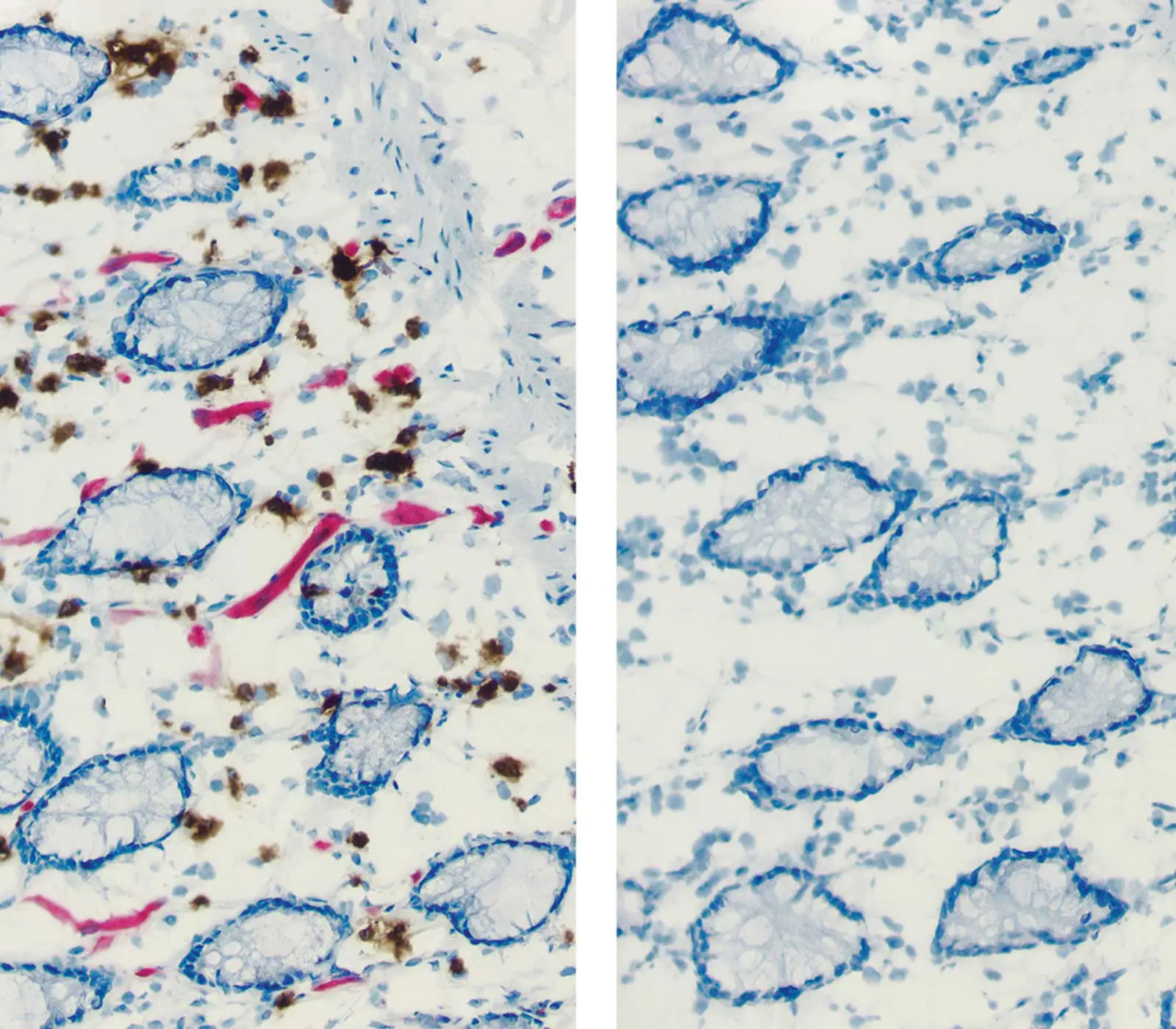
Quench / Block
Reduce or eliminate unwanted background (non-specific) staining on tissue sections and cell preparations using a blocking solution. Non-specific staining can result from endogenous enzyme or tissue elements, including endogenous enzyme activity, presence of Fc receptors, or interactions of detection reagents with tissue or cell proteins and other macromolecules. Choose a blocking solution based on the results of negative control sections.
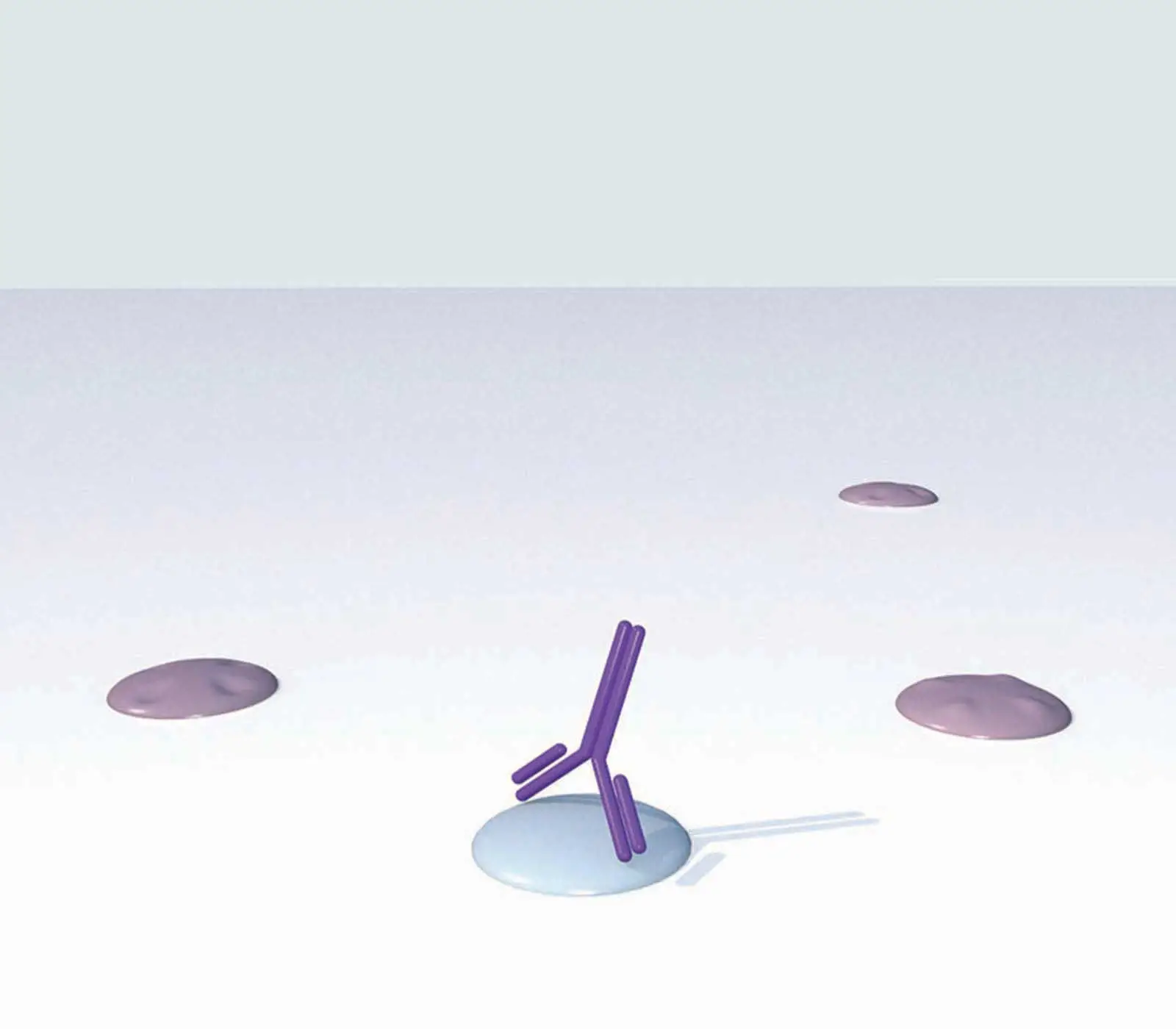
Primary Antibody / Lectins
Identify and localize the target protein antigen or glycoprotein moiety in cells or tissue preparations using specific validated markers. When choosing a primary antibody or lectin, consider the tissue species and tissue preparation method (e.g., fixation) to ensure specific binding to your target.
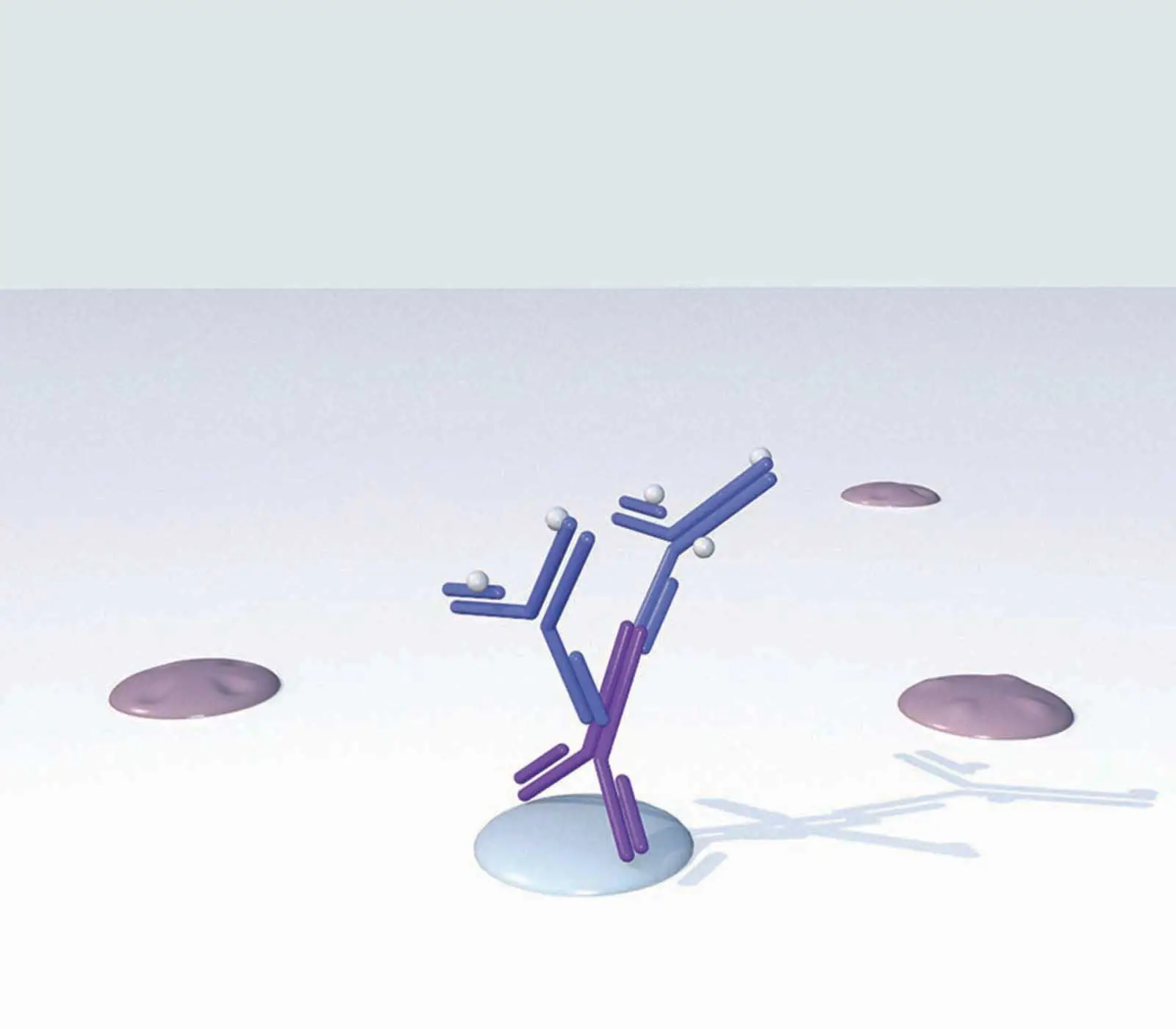
Secondary Antibody
Select highly purified and optimally conjugated detection reagents to meet assay conditions, such as primary antibody species, tissue species, target abundance, and ease of use (concentrated or ready-to-use formats).
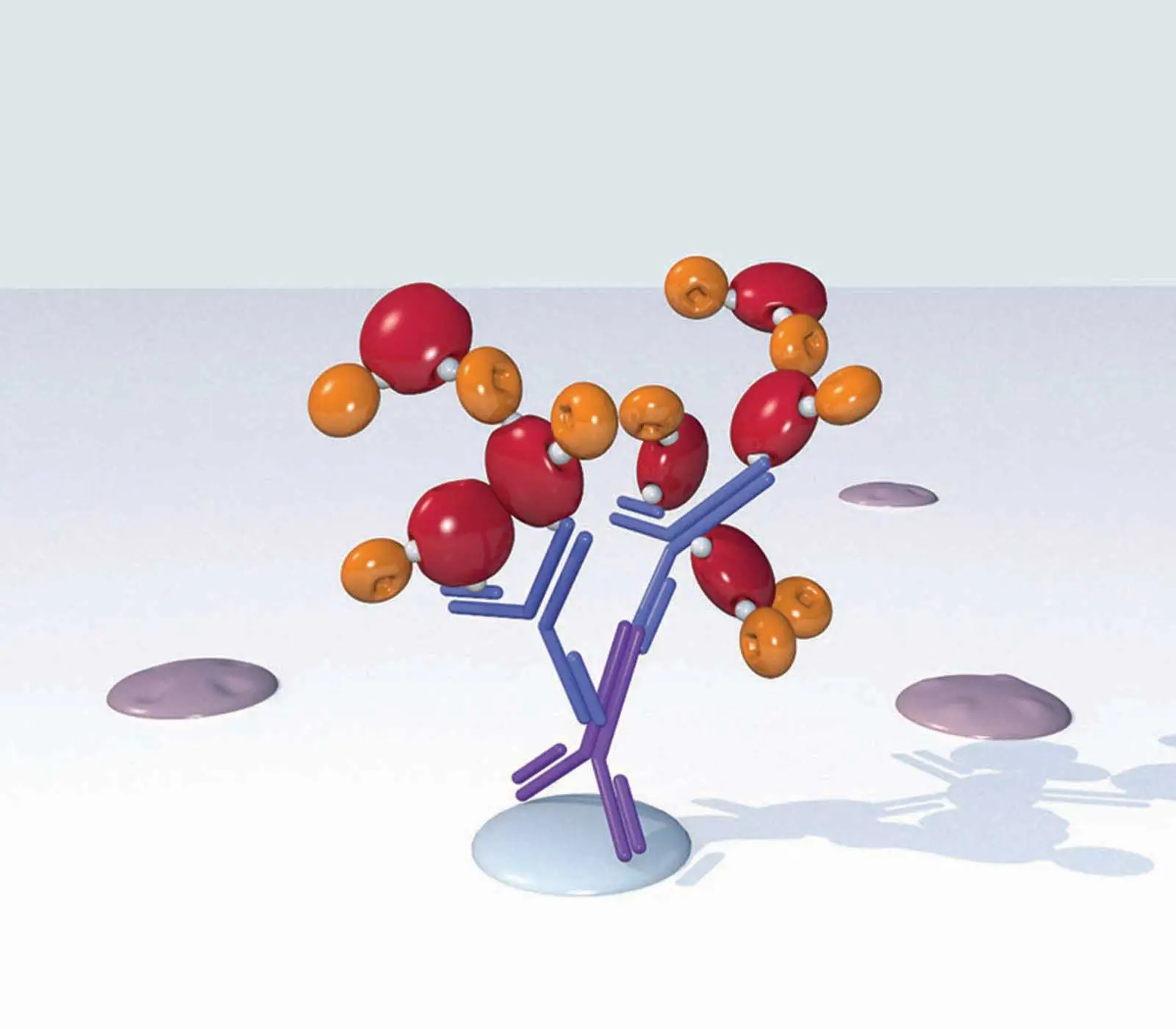
Tertiary Reagent
If needed, increase the sensitivity of detection to visualize weakly or transiently expressed, upregulated, or unknown (e.g., gene knock-in studies) antigens.
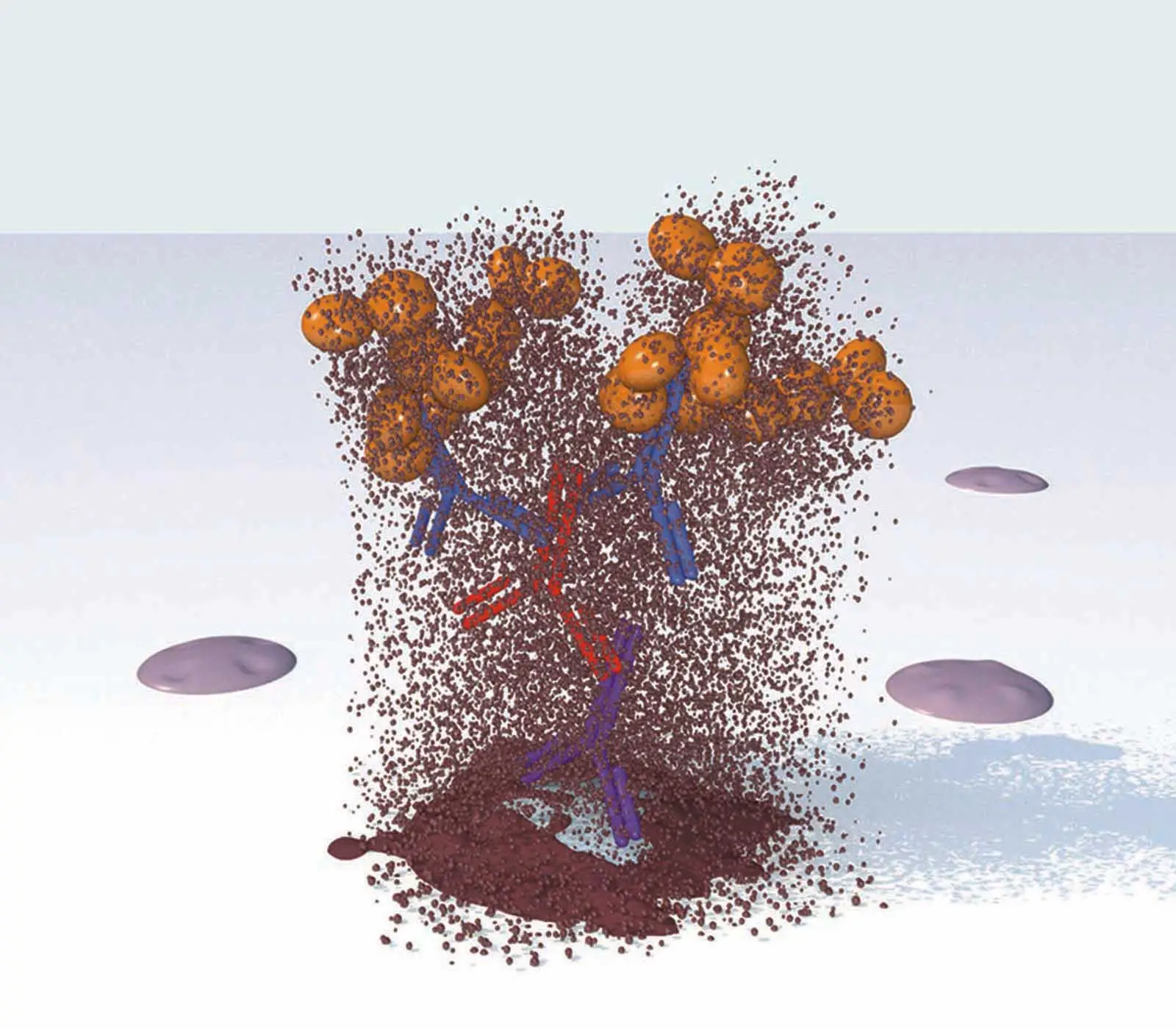
Substrate / Chromogen
Visualize your target protein antigen and its cellular and/or extracellular localization and relative expression levels using enzyme-specific chromogenic color development. Choose an enzyme substrate that matches your color preference and that is compatible with other system reagents (e.g., counterstains, mounting media, and other substrates if multiplexing).
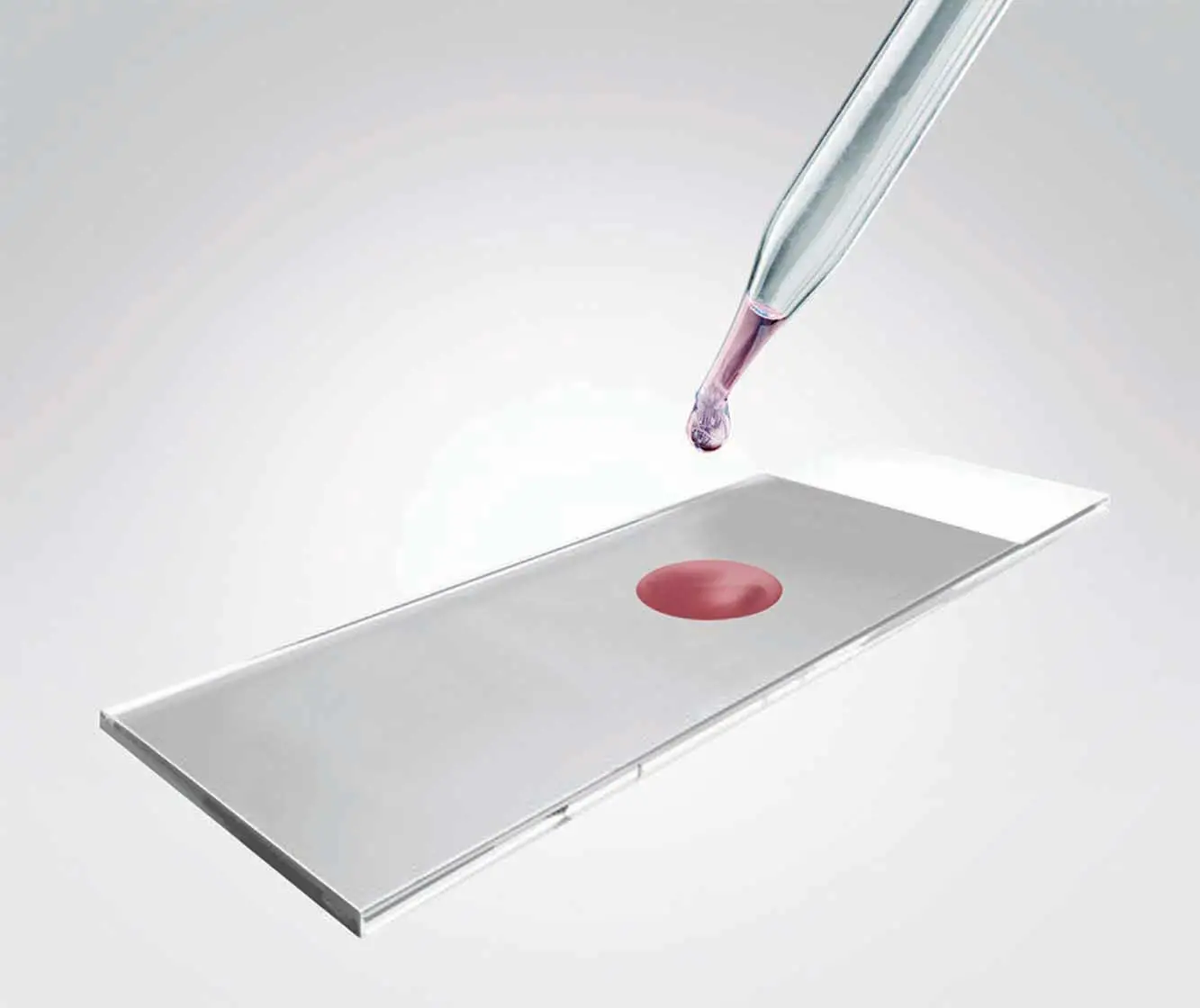
Counterstain
Use a contrasting nuclear stain to clarify the target antigen signal within heterogeneous morphological structures. This helps elucidate cellular architecture and specific staining patterns in tissues. Choose a counterstain (blue, green, or red) that contrasts with your enzyme substrate and that is chemically compatible with both the substrate and mounting medium.
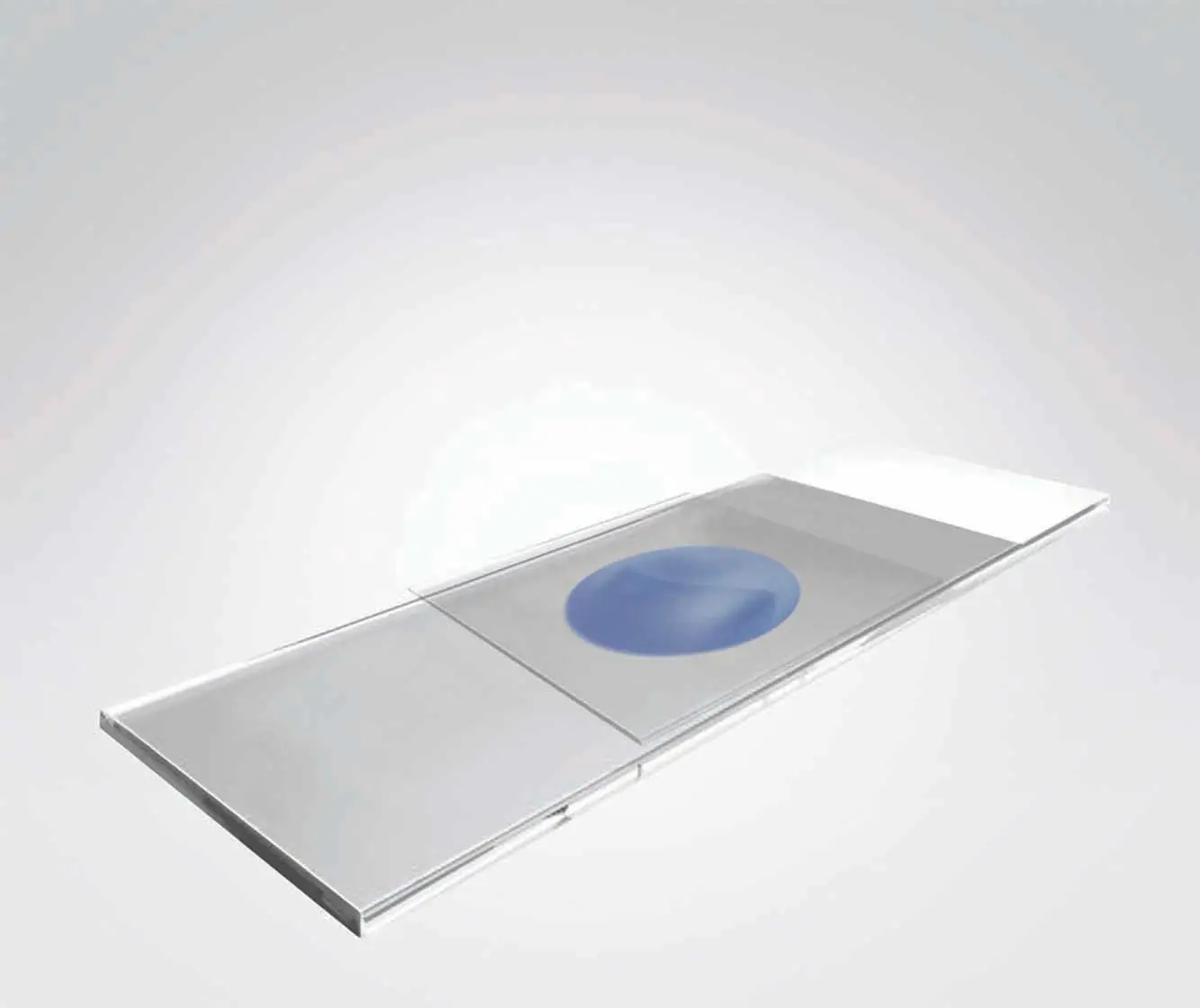
Coverslip / Mount
Preserve the target antigen stain for short-term or indefinite storage and archiving. Choose a mounting medium that is compatible with both your substrate and your counterstain. Use a non-aqueous mounting medium to mount slides to be archived, or an aqueous mounting medium for storage up to a few years.

